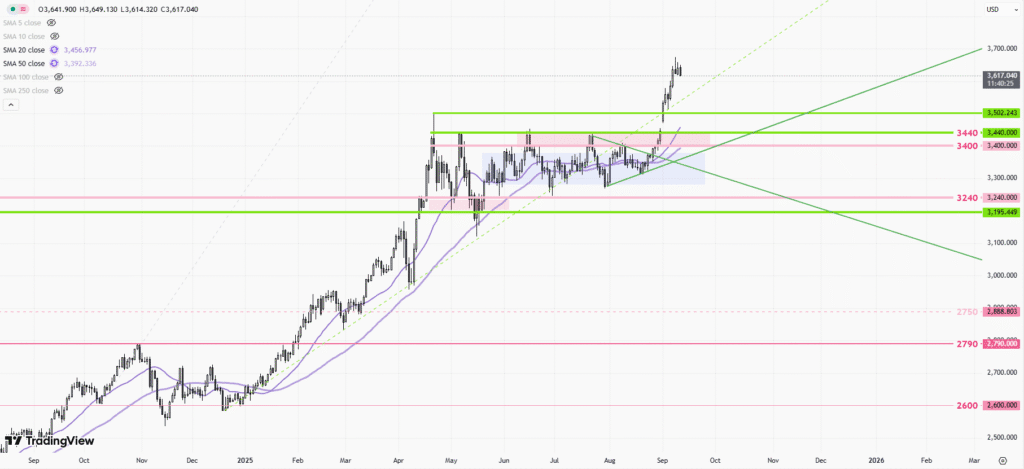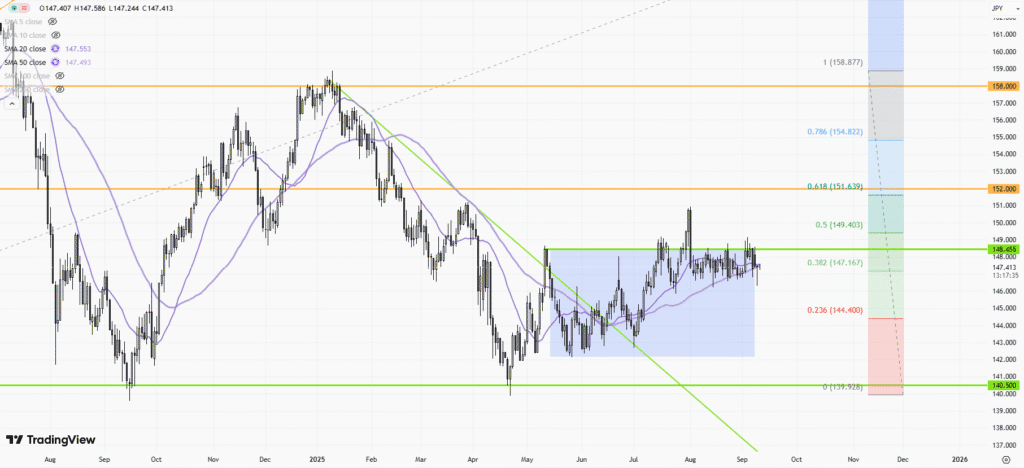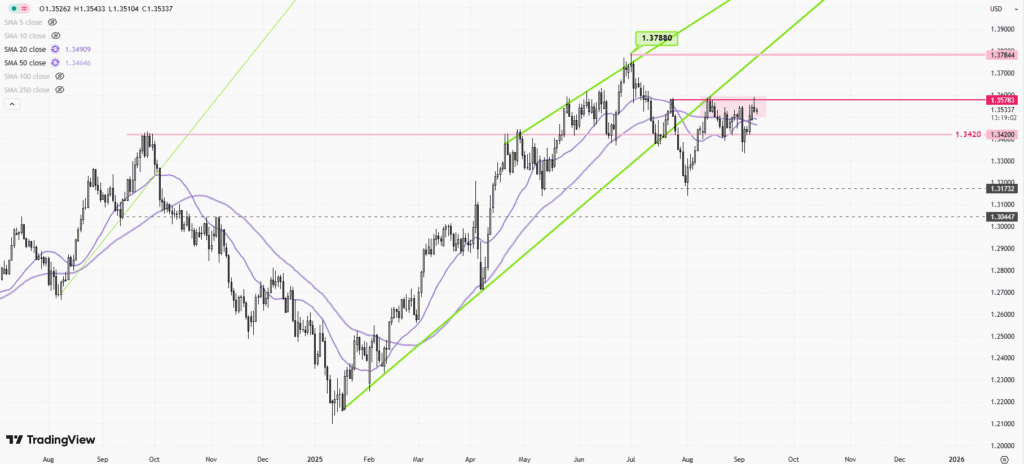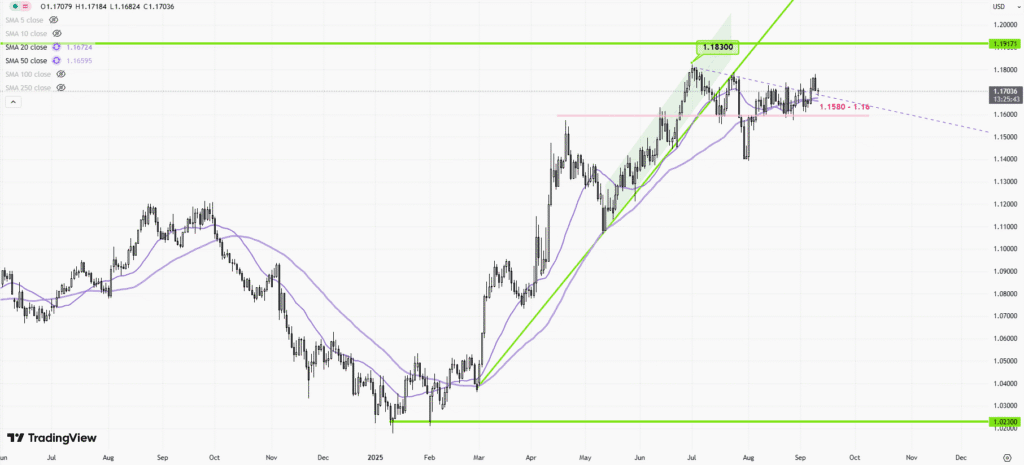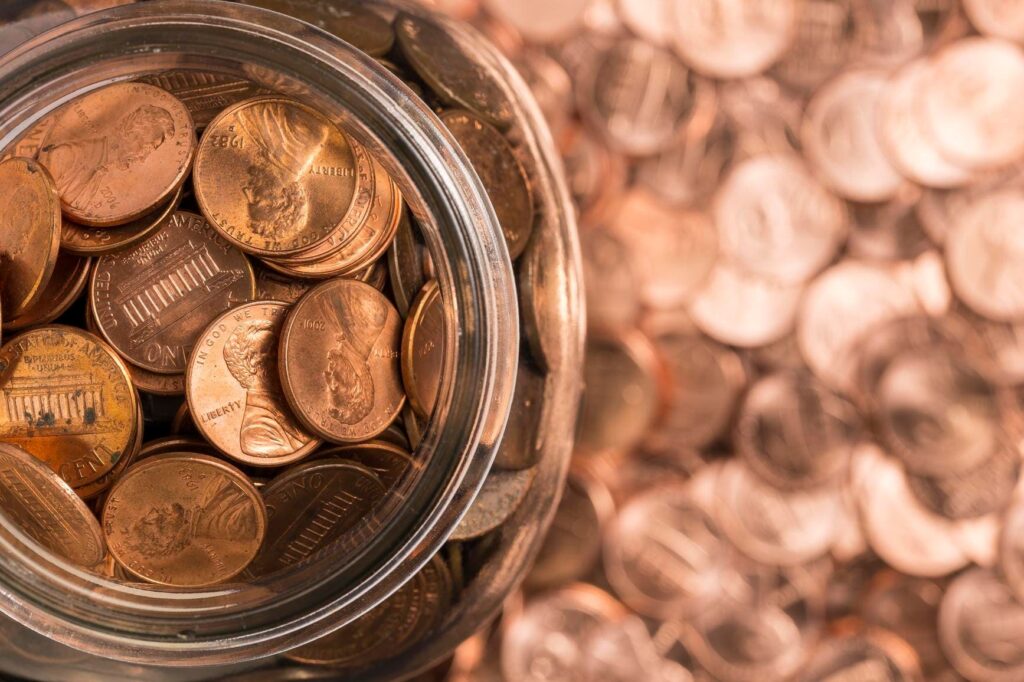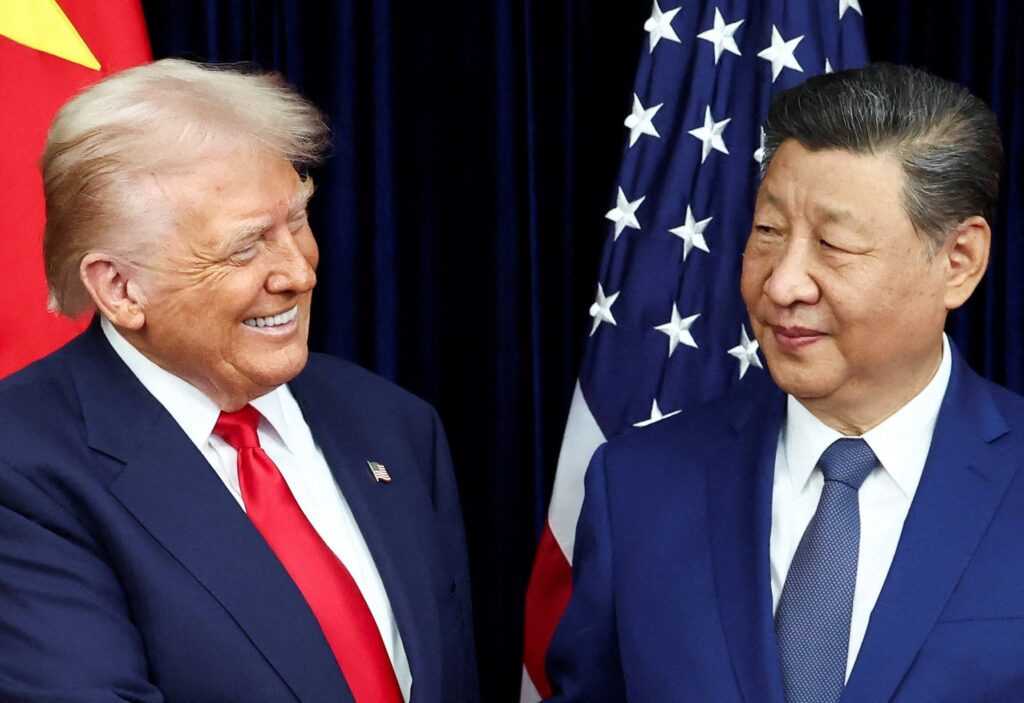 |
| Gold V.1.3.1 signal Telegram Channel (English) |

Shanghai Gold Exchange Plans Vault in Hong Kong to Boost Yuan-Priced Gold Trading and “Shanghai Pricing, Hong Kong Delivery” Model
2025-05-07 @ 13:13
China’s push to internationalize its gold market just took a meaningful step forward.
The Shanghai Gold Exchange (SGE) is planning to establish an offshore gold vault in Hong Kong—a move that has attracted significant attention from global financial markets. By allowing the delivery of renminbi-denominated gold contracts outside mainland China, this initiative enhances the accessibility of RMB-priced gold for international investors, while signaling Beijing’s ongoing efforts to open up its financial sector.
According to sources familiar with the plan, the vault will be operated by a subsidiary of Bank of China and serve as a key delivery hub for RMB gold contracts. While an official launch date has not been confirmed, the project reportedly has backing from the People’s Bank of China. Strategically placed in Hong Kong, the vault will complement existing storage facilities in Shanghai and Shenzhen, creating a North-South gold logistics corridor across China.
The initiative also aligns with Hong Kong’s ambition to become a global gold trading hub. Earlier this year, the London Metal Exchange approved Hong Kong as a gold delivery location, and with this new vault, physical delivery of RMB contracts in Hong Kong becomes viable. This could significantly improve liquidity and operational efficiency in cross-border gold transactions.
The timing is notable. With gold prices climbing and the U.S. dollar facing increased scrutiny on the global stage, interest in non-USD denominated commodities—especially RMB-priced gold—is rising. In Q1 2025 alone, trading volumes for RMB gold futures surged over 40% year-on-year. This growing demand reinforces China’s goal to establish its own international gold pricing benchmark—“Shanghai Gold”—to one day rival “London Gold” and “New York Gold.”
Creating a physical offshore gold vault also addresses operational hurdles in cross-border settlements, making it easier for foreign institutions to engage directly in the RMB gold market. Sovereign funds and central banks from Southeast Asia are already showing increased interest in holding gold assets denominated in yuan, further supported by the convenience the Hong Kong vault could offer.
At the institutional level, Hong Kong-based financial firms are exploring new financing products linked to warehouse receipts, which could potentially energize the offshore RMB liquidity pool. However, internationalizing the RMB gold market isn’t just about infrastructure—it also requires strong risk management. Volatility in gold prices has prompted the SGE to tighten margin policies and monitor member positions more closely. The new vault is expected to adopt a “customs bonded, outside mainland jurisdiction” regulatory model, similar to the Qianhai bonded zone, balancing investor protection with systemic risk control.
In the long run, if the Hong Kong facility proves successful, China could establish a new RMB gold trading architecture: Shanghai as the pricing center, Hong Kong handling physical delivery, and offshore RMB settlement completing the loop. This system could be promoted along the Belt and Road Initiative, reducing dependency on the dollar in international precious metals trade.
For Hong Kong, this represents more than just an infrastructure upgrade—it’s a chance to evolve from a financial intermediary hub into a diversified commodities center, with physical delivery and derivatives innovation at its core. As markets in Asia grow increasingly active, Hong Kong could emerge as one of three major nodes in a gold trading triangle, alongside Singapore and Dubai.
Ultimately, this vault is more than just a warehouse. It reflects China’s broader ambition to give the RMB a stronger voice in global commodities pricing. In the midst of shifting geopolitical and financial landscapes, Beijing and Hong Kong are working together to position the RMB as a credible, stable force in the international gold market. This is a development worth watching.


